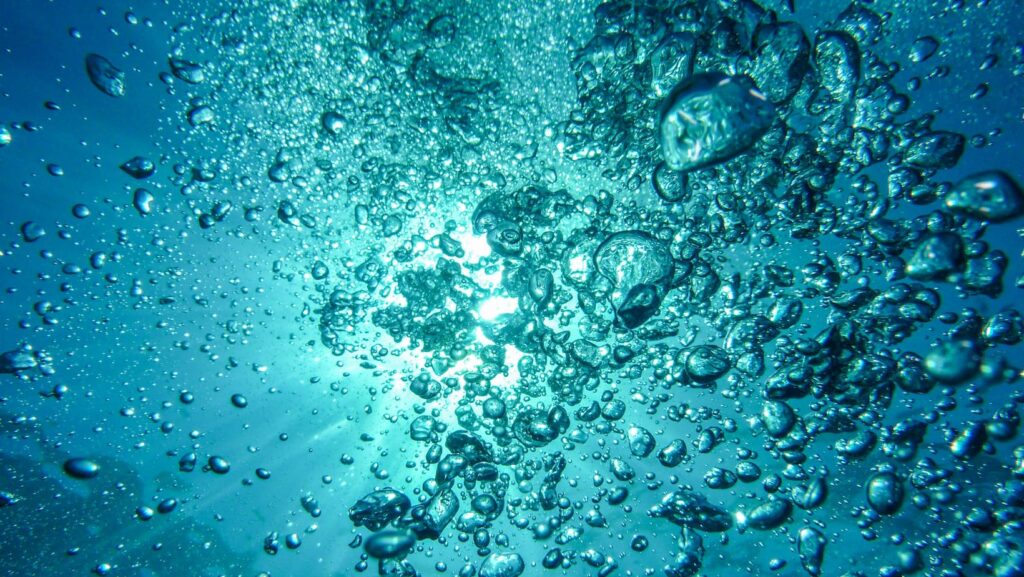
 Abiotic Factors Like Water Are Critical To Most Food Chains
Abiotic Factors Like Water Are Critical To Most Food Chains
When it comes to understanding the intricate web of life on our planet, we can’t overlook the pivotal role played by abiotic factors like water. They’re not just a backdrop for the drama of life; they’re crucial characters in their own right. Take water, for instance: It’s more than just a thirst-quencher. From towering trees to tiny plankton, most organisms depend on this vital resource in one form or another.
Water is much more than H2O for these living beings; it’s an essential part of their survival strategy. Imagine how different the food chain would be without rivers teeming with fish or fields flourishing with crops nurtured by rainfall? That’s why discussing abiotic factors, especially something as ubiquitous and indispensable as water, becomes so critical when exploring food chains.
In fact, if you delve deeper into any given ecosystem – be it a lush rainforest or an arid desert – you’ll find that water acts as a linchpin holding together various trophic levels. As I unfold this topic further in my blog post, you’ll gain insights into how exactly water shapes and influences most food chains across diverse ecosystems.
Importance of Abiotic Factors in Food Chains
You might be wondering, what’s the big deal about abiotic factors like water in our food chains? Well, I’m here to shed some light on this topic. It’s crucial to grasp that abiotic factors – those non-living components such as sunlight, temperature, and indeed water – play a significant role in how food chains function.
Consider this: without water, plants wouldn’t be able to perform photosynthesis. So why should you care about photosynthesis? Simply put, it’s the process where green plants convert sunlight into chemical energy (or food) and it also happens to be the starting point of most food chains. But let’s not forget temperature! Just like Goldilocks’ porridge, conditions for life can’t be too hot or too cold; they have to be just right. Too much heat could cause dehydration while freezing temperatures could lead to hypothermia.
And then there’s sunlight – an unsung hero among abiotic factors. Sunlight is literally the fuel for life as we know it because it drives photosynthesis. No light equals no growth — so without sunlight reaching earth’s surface and its oceans, we wouldn’t have lush forests or thriving marine ecosystems.
Let me give you a rundown of how these elements work together:
- Water provides hydration needed by all organisms.
- Sunlight triggers photosynthesis which creates food at the base of all terrestrial and aquatic food chains.
- Temperature affects rates of metabolic processes influencing species distribution along various habitats.
It’s amazing when you think about it: these nonliving elements playing such an integral part in sustaining life on Earth!
To wrap up this section, I’d argue that understanding these abiotic factors isn’t just intellectually satisfying; it’s imperative for us humans if we want to conserve biodiversity and maintain balance within our planet’s ecosystems. It helps us comprehend why certain creatures live where they do and allows us to predict how changes in these factors might impact the web of life we all depend upon. So, next time you take a sip of water or bask under the sun’s rays, remember – they’re not just quenching your thirst or warming your skin. They’re also hard at work, making life on Earth possible!

The Role of Water in Food Chains
Diving right into the heart of the matter, water plays a pivotal role in food chains. It’s not just a backdrop or an environment where organisms live; it’s fundamental to their survival and growth. You see, water is the medium through which nutrients are transported within and between species.
Consider a simple land-based food chain for instance: grass – rabbit – fox. Here’s how water comes into play:
- Grass absorbs water from the soil, utilizing it to facilitate photosynthesis – the process by which plants create energy.
- Rabbits, being primary consumers, eat this grass along with its stored energy but also drink water separately to aid digestion and nutrient absorption.
- Finally, the fox, a secondary consumer, consumes rabbits obtaining both nutrition from their bodies and vital hydration.
But it doesn’t stop there! Water is even more critical in aquatic food chains. In oceans or freshwater systems like lakes and rivers, microscopic algae called phytoplankton float near the surface absorbing sunlight and nutrients dissolved in water to produce energy through photosynthesis. These tiny creatures are eaten by small animals known as zooplankton who are then consumed by larger fish, thus moving energy up through the food chain.
In essence, abiotic factors like water aren’t merely backdrop players; they’re integral cast members contributing significantly towards the unfolding drama that is life on Earth!
While it might be easy to overlook these non-living elements when considering biodiversity and ecosystem health, hopefully this article has underscored their immense significance. So next time you see a droplet falling from the sky or listen to a river flowing past with fervor – remember that small element is sustaining countless lives on our planet!
As we continue learning more about our world’s intricate web of life – let’s keep recognizing the critical part played by those silent yet impactful abiotic factors like water.













